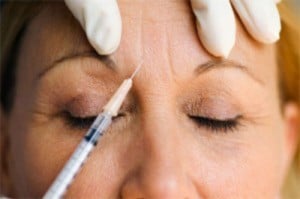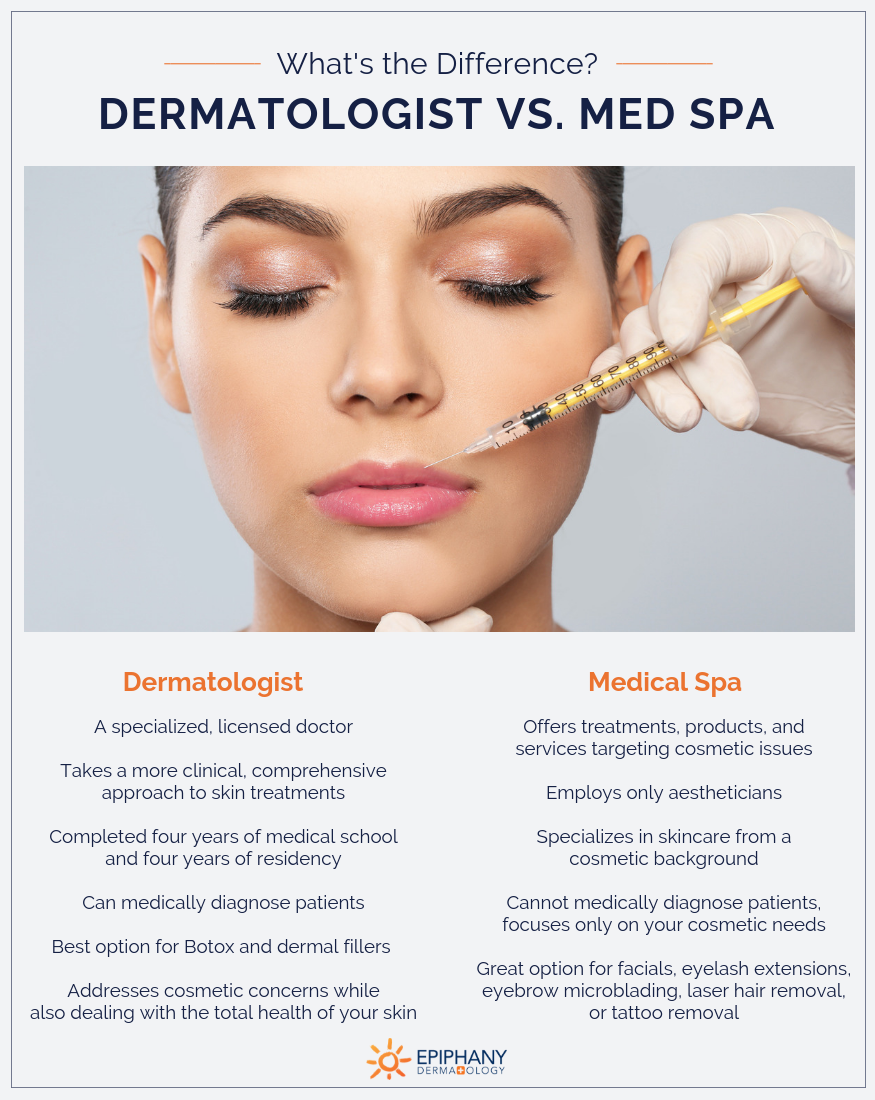Protect your skin potential skin cancer with early detection and professional treatment options.
Protect your skin potential skin cancer with early detection and professional treatment options.
Blog Article
Navigating Skin Cancer Treatment: The Crucial Function of Mohs in Modern Dermatology Practices
Skin cancer cells, a complicated diagnosis, typically leaves individuals grappling with numerous therapy options. As we discover the ins and outs of this treatment, one will certainly appreciate its crucial role in skin cancer therapy.
Comprehending Skin Cancer Cells: Kinds and Risks
There are 3 main types of skin cancer cells: Basal cell carcinoma, Squamous cell cancer, and Cancer malignancy. It accounts for only about 1% of skin cancer instances yet triggers the large majority of skin cancer cells deaths. Risk elements consist of fair skin, background of sunburn, extreme sunlight direct exposure, living at high altitudes or shut to the equator, having many moles, a family members background of skin cancer, and deteriorated immune system.
What Is Mohs Surgical treatment and How It's Changing Skin Cancer Treatment
In spite of the many treatments presently available for skin cancer cells, Mohs surgical treatment stands out as a groundbreaking and highly efficient option. Called after Frederic E. Mohs, the medical professional that developed the procedure, Mohs surgery is a specific surgical strategy used to deal with skin cancer cells. Throughout the treatment, slim layers of cancer-containing skin are progressively eliminated and analyzed till only cancer-free tissue remains. This technique enables the specialist to validate that all cancer cells have been removed at the time of surgical treatment. This level of precision, incorporated with the capability to save as much healthy and balanced cells as feasible, is changing skin cancer treatment. Consequently, Mohs surgery has actually come to be a foundation of modern dermatology practices.
The Benefits of Mohs Surgery Over Traditional Skin Cancer Therapies
Building on the ingenious nature of Mohs surgery, it's critical to consider its many advantages over conventional skin cancer therapies. Unlike conventional procedures, Mohs provides a higher treatment price, commonly getting to 99% for new therapies and 94% for reoccurring cancers. Additionally, it decreases damages to healthy skin, leading to less scarring and improved cosmetic outcomes.
The Treatment of Mohs Surgical Procedure: What to Expect Throughout the Process

Possible Side Effects and Post-Operative Care of Mohs Surgery
Going through Mohs surgical procedure, like any other operation, involves prospective adverse effects that individuals ought to be aware of. Usual side results include discomfort, wounding, and swelling at the read this article surgical procedure website. These are typically momentary and convenient with over-the-counter discomfort medication and ice packs. In uncommon situations, people might experience infection, bleeding, or an allergy to the local anesthetic. Post-operative care is critical to healing and reducing side results. This typically includes maintaining the injury clean and completely dry, taking proposed medications, and avoiding laborious activities. Individuals should additionally attend all follow-up consultations for injury treatment and monitoring. In some instances, added treatments may be needed to guarantee total elimination of the cancerous cells. Sticking to these post-operative care standards can greatly improve recuperation and outcomes.
Conclusion

Report this page